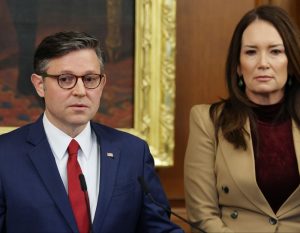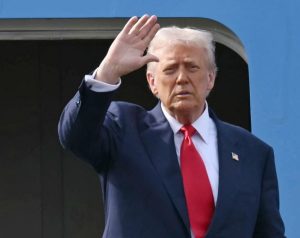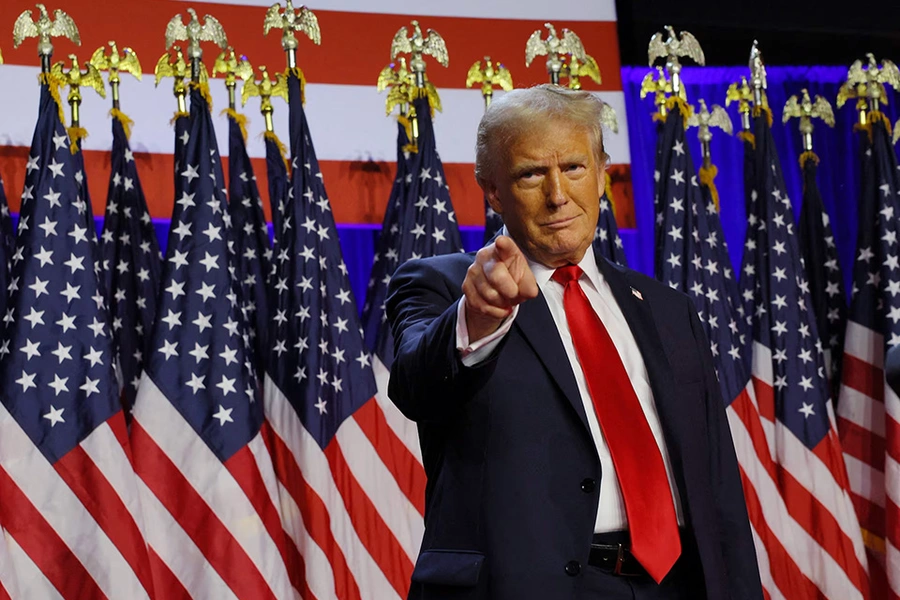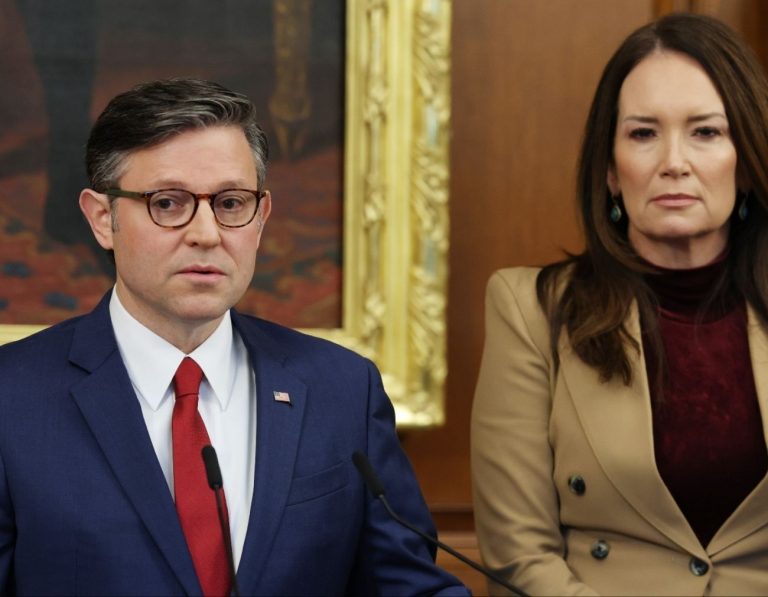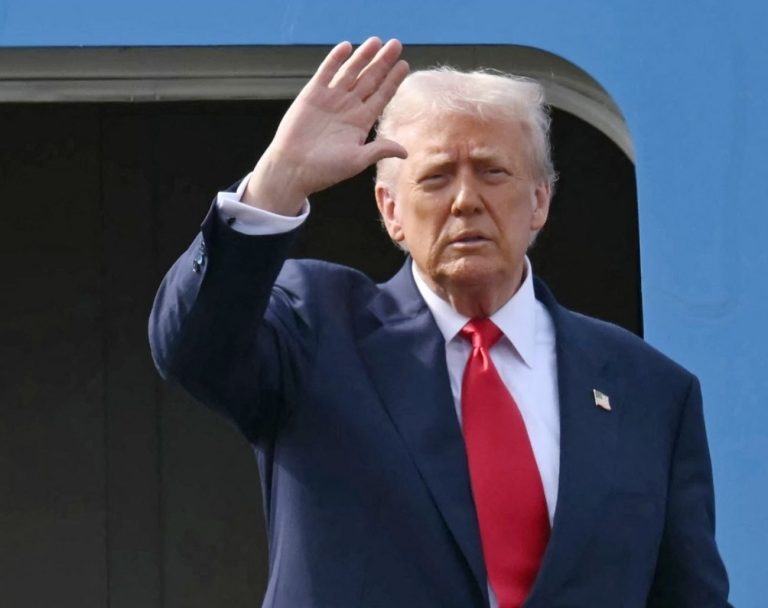In a decision that combined economic caution with political tension, the U.S. Federal Reserve on October 29, 2025, lowered its benchmark interest rate by a quarter of a percentage point—its second reduction this year. While the adjustment was modest, it highlights the Fed’s careful balancing act: responding to signs of labor-market softening, navigating persistent inflation pressures, and operating amid disrupted economic data caused by a prolonged government shutdown. The political context, marked by public pressure from President Donald Trump, added a notable dimension to this decision.
A Measured Cut
The Federal Open Market Committee voted 10–2 to lower the federal funds target range to 3.75–4.00 percent. This decision reduces the cost of borrowing for consumers, businesses, and governments, while signaling the Fed’s intention to remain vigilant about the pace of economic growth and inflation.
This is the second rate cut of 2025, following an identical quarter-point reduction in September. The circumstances surrounding the October move, however, were unique. Internal dissent highlighted differing views on the appropriate policy stance. Two members of the committee disagreed with the majority: one, appointed by the President, advocated a larger 50-basis-point reduction to provide stronger stimulus; the other opposed any change, cautioning against compromising the Fed’s long-term flexibility and potentially stoking inflation.
Federal Reserve Chair Jerome Powell emphasized that the decision was data-driven, noting that any further reduction in December is not predetermined. He stressed that policy will continue to be responsive to incoming economic information, including employment trends, inflation data, and broader financial conditions.
Economic Context
Labor Market Considerations
The U.S. labor market has shown signs of softening in recent months. Job growth has slowed from historically strong levels, wage pressures have eased slightly, and unemployment has edged up. These developments contributed to the Fed’s decision to cut rates, aiming to support continued employment growth and prevent a more pronounced economic slowdown.
Inflation and Price Pressures
At the same time, inflation remains above the Federal Reserve’s target of 2 percent. While price increases have moderated from earlier peaks, ongoing factors such as supply chain disruptions, energy costs, and broader market pressures continue to complicate the inflation outlook. The Fed must therefore balance the need for economic stimulus with the risk of rekindling inflationary pressures or destabilizing long-term expectations.
The Government Shutdown
Adding complexity to the decision is the ongoing federal government shutdown, which has delayed critical economic data releases, including employment and production statistics. Without complete information, the Fed has relied more heavily on private-sector surveys, regional reports, and other indicators to gauge the economy’s health. Powell acknowledged that the shutdown could temporarily weigh on economic activity but expected these effects to largely reverse once government operations resume.
The absence of complete data has introduced an unusual degree of uncertainty into the Fed’s decision-making process. Policymakers are effectively making choices with less visibility than normal, increasing the challenge of calibrating policy to achieve dual objectives of growth and inflation control.
Political Dimensions
While the Fed operates as an independent central bank, this rate cut occurred against a backdrop of significant political pressure. President Trump has repeatedly criticized the Fed for moving too slowly on interest rates, publicly calling Chair Powell “Too Late” and urging more aggressive cuts. Some members of the administration have framed the rate reduction as a response to the President’s persistent calls for easier monetary policy.
Powell, however, emphasized that decisions were based on data and economic analysis, not political considerations. The tension between the White House’s public pressure and the Fed’s commitment to independence added an unusual political layer to the rate-setting process. One FOMC dissenter, who advocated for a larger cut, had previously been appointed by the President, further illustrating the complex interplay between politics and policy at this juncture.
Market Reactions
Financial markets responded cautiously to the Fed’s decision. Stock indexes initially moved higher, reflecting relief that borrowing costs would decline, but gains were tempered by Powell’s remarks on the conditional nature of further cuts. Bond yields fell modestly, while the U.S. dollar weakened against major global currencies. Interest-sensitive sectors, including housing and consumer credit, benefited slightly from the lower rates, although the effect was limited due to the modest size of the cut.
Analysts noted that the Fed’s cautious approach signals that it is prepared to respond to softening economic indicators but is not committed to a predetermined path. This reinforces the broader message of policy flexibility, leaving markets to interpret future actions based on evolving economic conditions rather than fixed commitments.
Outlook and Future Considerations
The immediate question is whether the Fed will cut rates again at the December meeting. Powell indicated that further action is possible but depends on data that will remain uncertain until the shutdown ends and reporting resumes. The divide among FOMC members suggests that future decisions could differ substantially depending on developments in employment, inflation, and overall economic activity.
Economists and market participants have revised expectations in light of this uncertainty. While some had anticipated multiple rate cuts for the remainder of 2025, the cautious language from Powell suggests a more measured approach. The Fed is signaling that each policy decision will be considered independently, with careful attention to the totality of economic information.
Balancing Dual Mandates
The Federal Reserve operates under a dual mandate: promoting maximum employment and stabilizing prices. In the current environment, these goals are in tension. Slowing job growth encourages easing, while persistent inflation constrains how aggressively the Fed can reduce rates. The October decision reflects a careful compromise, offering modest stimulus without compromising longer-term credibility.
This balancing act illustrates the challenges facing central bankers in a politically charged environment with incomplete information. The Fed’s ability to navigate these tensions while maintaining credibility is critical for sustaining confidence among investors, businesses, and consumers.
Institutional Implications
The intersection of political pressure and economic policymaking has highlighted questions about the Fed’s independence. While policymakers consistently emphasize their commitment to data-driven decisions, public scrutiny from the President and administration officials adds complexity to the perception of autonomy. Preserving institutional credibility requires the Fed to maintain a clear separation between economic analysis and political influence.
Powell’s public statements have reinforced this principle, underscoring that the committee’s decisions are guided by economic evidence and careful analysis rather than external demands. Maintaining that independence is essential not only for domestic credibility but also for global financial confidence in the U.S. central bank.
Strategic Implications
The Fed’s rate cut is emblematic of broader challenges in monetary policy. Policymakers must weigh short-term stimulus against long-term stability, respond to an uncertain data environment, and operate under the scrutiny of political actors. These factors create a high-stakes environment where careful judgment and flexibility are essential.
By reducing rates modestly, the Fed has provided temporary relief to credit markets, supported businesses and consumers, and signaled its readiness to adjust policy in response to evolving conditions. Yet the conditional nature of future cuts reinforces that the path forward remains uncertain.
Conclusion
The Federal Reserve’s 25-basis-point reduction on October 29, 2025, was a calculated response to multiple pressures: a softening labor market, persistent inflation, disrupted data from a government shutdown, and public political pressure. It reflects the central bank’s ongoing commitment to its dual mandate while navigating a complex economic and political environment.
For now, markets, businesses, and policymakers must await additional data to gauge whether further easing will be warranted. The Fed has signaled that it remains agile, prepared to adjust its policy stance on a meeting-by-meeting basis, and committed to weighing the totality of information before taking further action. The key takeaway is that while the Fed has acted decisively to lower borrowing costs, any future steps will be measured, cautious, and responsive to the evolving economic landscape.

Emily Johnson is a critically acclaimed essayist and novelist known for her thought-provoking works centered on feminism, women’s rights, and modern relationships. Born and raised in Portland, Oregon, Emily grew up with a deep love of books, often spending her afternoons at her local library. She went on to study literature and gender studies at UCLA, where she became deeply involved in activism and began publishing essays in campus journals. Her debut essay collection, Voices Unbound, struck a chord with readers nationwide for its fearless exploration of gender dynamics, identity, and the challenges faced by women in contemporary society. Emily later transitioned into fiction, writing novels that balance compelling storytelling with social commentary. Her protagonists are often strong, multidimensional women navigating love, ambition, and the struggles of everyday life, making her a favorite among readers who crave authentic, relatable narratives. Critics praise her ability to merge personal intimacy with universal themes. Off the page, Emily is an advocate for women in publishing, leading workshops that encourage young female writers to embrace their voices. She lives in Seattle with her partner and two rescue cats, where she continues to write, teach, and inspire a new generation of storytellers.
